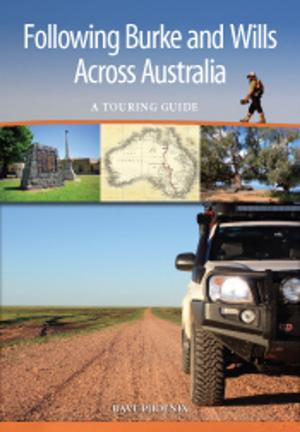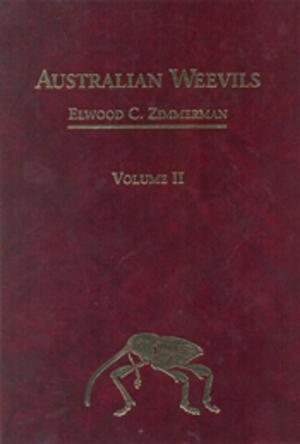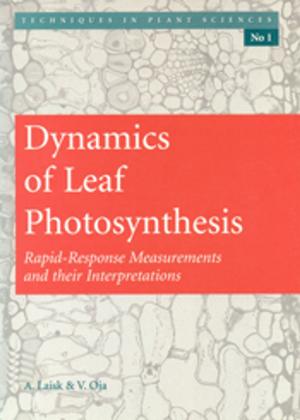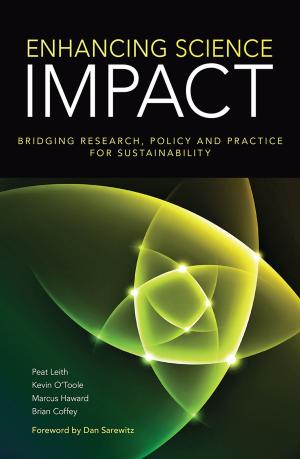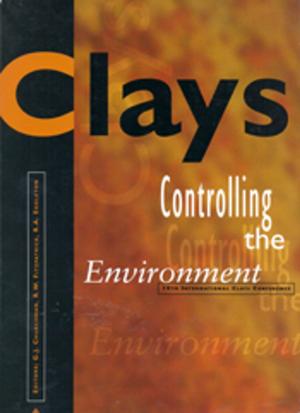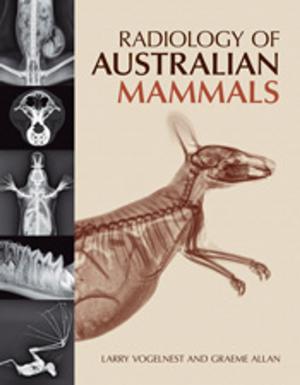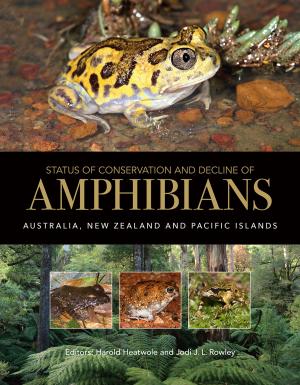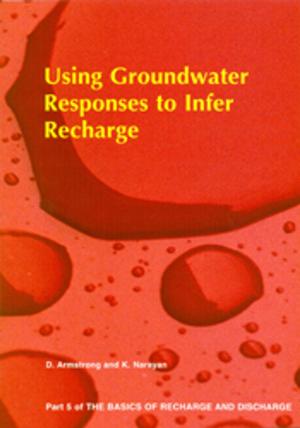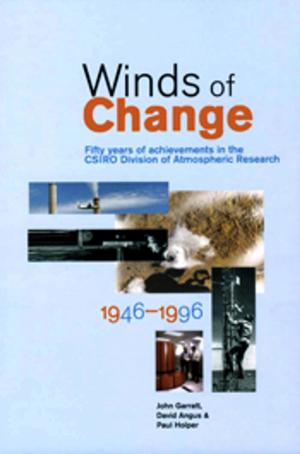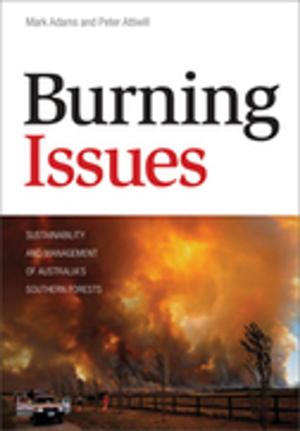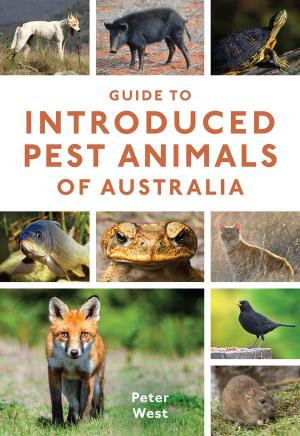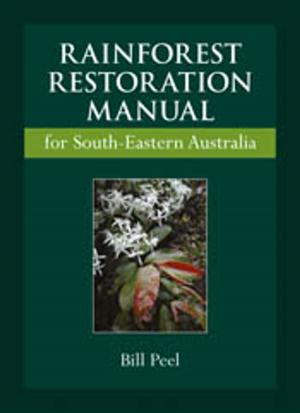Geoarchaeology of Aboriginal Landscapes in Semi-arid Australia
Nonfiction, Science & Nature, Mathematics, Science, History| Author: | Simon Holdaway, Patricia Fanning | ISBN: | 9780643108967 |
| Publisher: | CSIRO PUBLISHING | Publication: | March 15, 2014 |
| Imprint: | CSIRO PUBLISHING | Language: | English |
| Author: | Simon Holdaway, Patricia Fanning |
| ISBN: | 9780643108967 |
| Publisher: | CSIRO PUBLISHING |
| Publication: | March 15, 2014 |
| Imprint: | CSIRO PUBLISHING |
| Language: | English |
This book provides readers with a unique understanding of the ways in which Aboriginal people interacted with their environment in the past at one particular location in western New South Wales. It also provides a statement showing how geoarchaeology should be conducted in a wide range of locations throughout Australia. One of the key difficulties faced by all those interested in the interaction between humans and their environment in the past is the complex array of processes acting over different spatial and temporal scales. The authors take account of this complexity by integrating three key areas of study – geomorphology, geochronology and archaeology – applied at a landscape scale, with the intention of understanding the record of how Australian Aboriginal people interacted with the environment through time and across space. This analysis is based on the results of archaeological research conducted at the University of New South Wales Fowlers Gap Arid Zone Research Station between 1999 and 2002 as part of the Western New South Wales Archaeology Program. The interdisciplinary geoarchaeological program was targeted at expanding the potential offered by archaeological deposits in western New South Wales, Australia. The book contains six chapters: the first two introduce the study area, then three data analysis chapters deal in turn with the geomorphology, geochronology and archaeology of Fowlers Gap Station. A final chapter considers the results in relation to the history of Aboriginal occupation of Fowlers Gap Station, as well as the insights they provide into Aboriginal ways of life more generally. Analyses are well illustrated through the tabulation of results and the use of figures created through Geographic Information System software.
This book provides readers with a unique understanding of the ways in which Aboriginal people interacted with their environment in the past at one particular location in western New South Wales. It also provides a statement showing how geoarchaeology should be conducted in a wide range of locations throughout Australia. One of the key difficulties faced by all those interested in the interaction between humans and their environment in the past is the complex array of processes acting over different spatial and temporal scales. The authors take account of this complexity by integrating three key areas of study – geomorphology, geochronology and archaeology – applied at a landscape scale, with the intention of understanding the record of how Australian Aboriginal people interacted with the environment through time and across space. This analysis is based on the results of archaeological research conducted at the University of New South Wales Fowlers Gap Arid Zone Research Station between 1999 and 2002 as part of the Western New South Wales Archaeology Program. The interdisciplinary geoarchaeological program was targeted at expanding the potential offered by archaeological deposits in western New South Wales, Australia. The book contains six chapters: the first two introduce the study area, then three data analysis chapters deal in turn with the geomorphology, geochronology and archaeology of Fowlers Gap Station. A final chapter considers the results in relation to the history of Aboriginal occupation of Fowlers Gap Station, as well as the insights they provide into Aboriginal ways of life more generally. Analyses are well illustrated through the tabulation of results and the use of figures created through Geographic Information System software.

